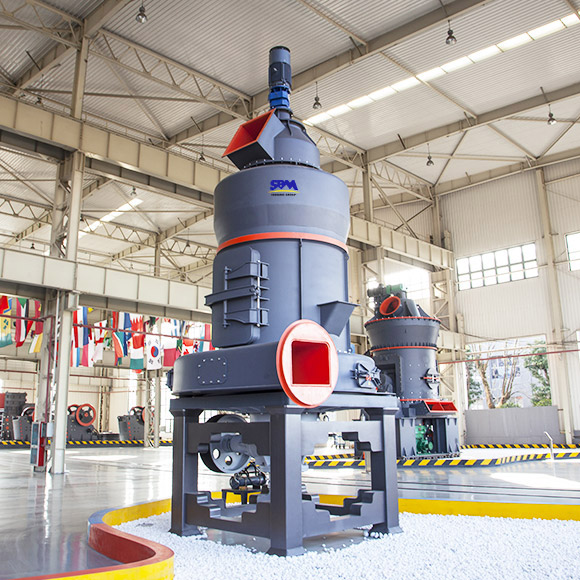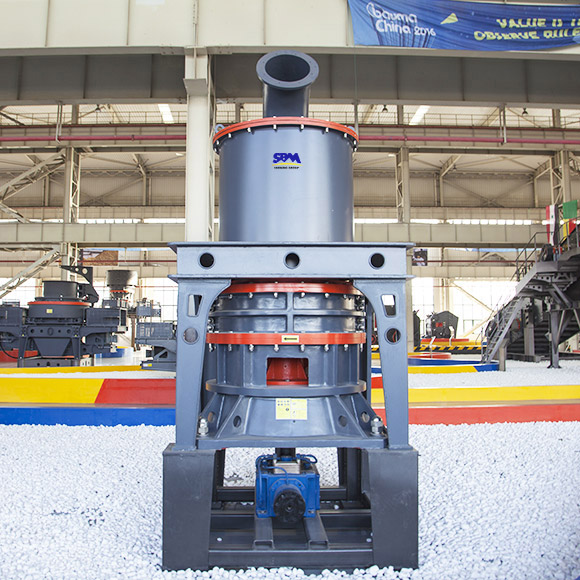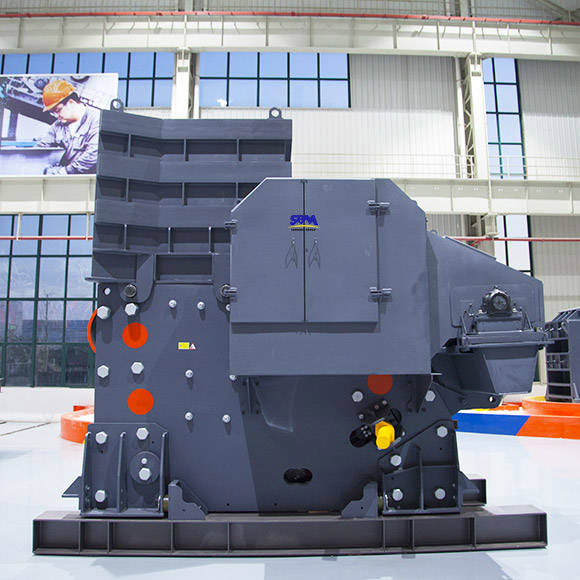
What is the range of feed size that the wet grinding mill can handle
The wet grinding mill can process materials with a feed size ranging from 200 to 400 mesh. It is capable of grinding products to a fineness below 2 microns or D90 (equivalent to 6000 mesh) in a single pass. This mill is optimized for long pulp residence time, resulting in a high crushing ratio, uniform particle size distribution, and spherical particle shapes.

What are the key features of the ultra-fine wet stirring mill that make it an attractive option for manufacturers
The ultra-fine wet stirring mill offers several key features that make it an attractive option for manufacturers:
1. Ultrafine Powders: It can produce ultrafine powders with a fineness of 2 microns and a single-pass rate of 90%.
2. Versatility: It can process a wide range of materials used in various industries.
3. High Productivity: It has a large output and high grinding efficiency with low energy consumption.
4. Reliability: It features a vertical-shaped star wheel reducer for stable and reliable mechanical properties.
5. Low Consumption: It uses low amounts of grinding media, resulting in non-polluting and low-temperature finished products with good liquidity.
6. Long Service Life: The mill's components are made of high-hardness wear-resistant materials, ensuring durability.
7. Compact Structure: It has a compact structure, suitable height, and is easy to operate and maintain.
8. Automatic Control: It can be equipped with optional automatic control for stable production.

What is the primary purpose of the LXMC ultra fine wet stirring mill
The primary purpose of the LXMC ultra fine wet stirring mill is to provide wet milling equipment that can produce ultrafine powders with a high degree of flexibility. It can grind various materials, achieving a fineness as fine as 2 microns with a single-pass rate of 90%. This mill is designed to cater to the diverse needs of customers across various industries.

In which industries is the ultra-fine wet stirring mill widely used, and what are its benefits in these applications
The ultra-fine wet stirring mill finds wide application in various industries. It can be directly used for paper filling, coating, or further processing into coatings, paints, cosmetics, disposable diapers, plastic, PVC, and rubber filler wire and cable. The mill offers several benefits, including high output, high efficiency, low energy consumption, environmental friendliness, and more, making it an attractive choice for manufacturers across these industries.

What are the advantages of using tungsten carbide alloy in the mixer
The mixer in the wet stirring mill is made of tungsten carbide alloy, often referred to as "industrial teeth." This choice of material has several advantages. It allows for a reasonable linear velocity, effectively reducing the starting torque and minimizing the wastage of mill grinding meson balls. Additionally, it has no impact on the pulp's whiteness and helps improve equipment operation efficiency while prolonging the service life. The material properties also remain unchanged, ensuring consistent performance.

How does the wet stirring mill achieve high productivity and low energy consumption
The wet stirring mill achieves high productivity and low energy consumption through its design and components. It features a vertical-shaped star wheel reducer that ensures higher transmission efficiency and smooth operation. This efficient design contributes to its reliability and low energy consumption. The mill also uses wear-resistant materials for its internal components, ensuring a long service life.

What materials can be processed using the ultra-fine wet stirring mill
The ultra-fine wet stirring mill is versatile and can be used to grind a wide range of materials. These materials include calcium carbonate, soft and hard kaolin, coal water slurry, mica, barite, gypsum, rare earth, magnesium oxide, aluminum oxide, iron oxide red, and magnetic materials. It can achieve micron and sub-micron levels of product fineness for these materials.

How does the multi-stage mixer in the wet stirring mill work
The multi-stage mixer in the wet stirring mill is driven by the mill's transmission device, generating multi-dimensional rotational power. The mixer tank is designed with high resistance to abrasion and an irregular shape. Materials are ground through a combination of the weight and pressure of smooth surface balls, as well as the stress generated by screw rotation, centrifugal stress due to friction, extrusion, shear, and impact force. This process effectively reduces the particle size of the materials.
















